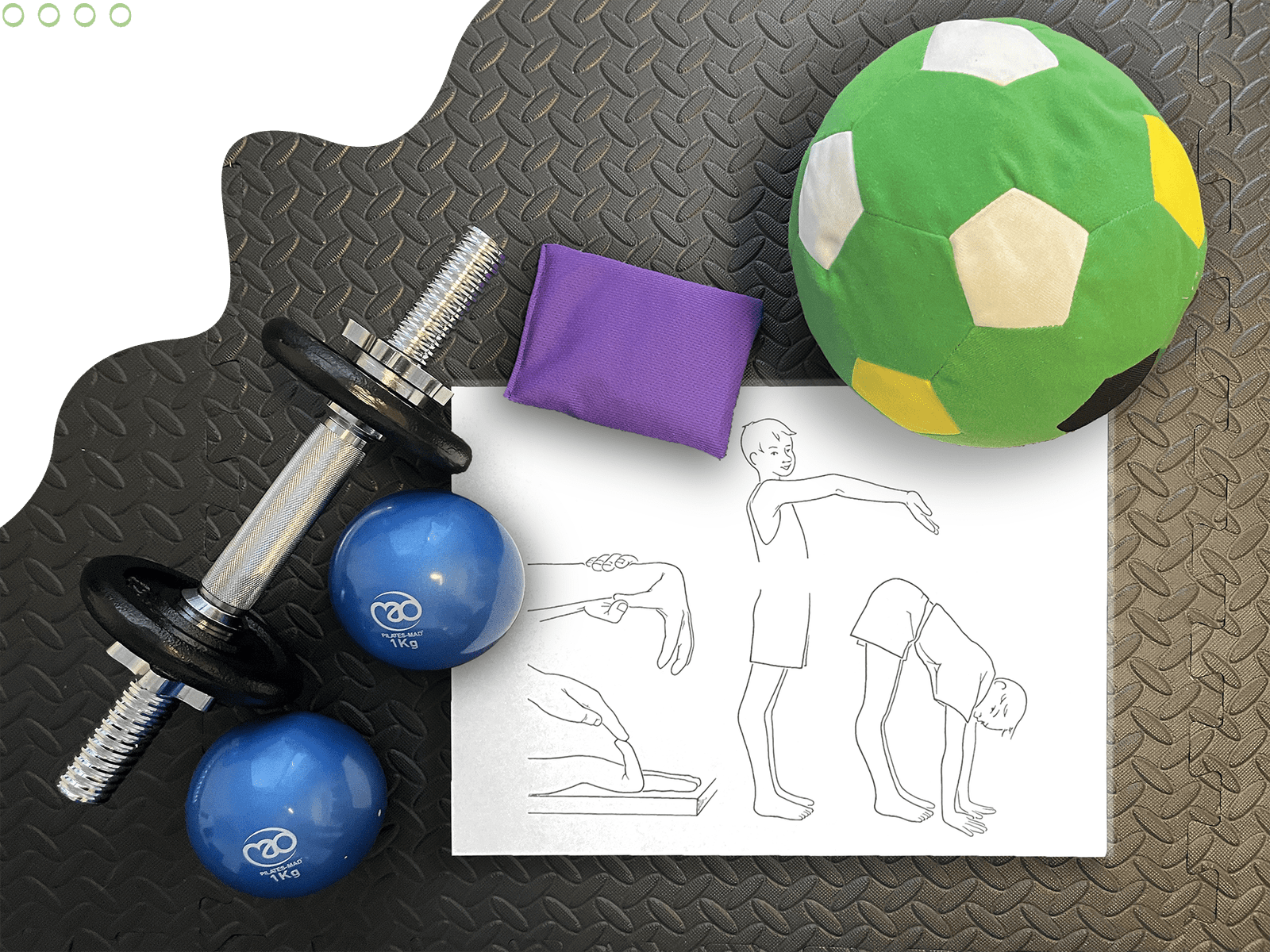Hypermobility
HSD and hEDS
Hypermobility is a spectrum and it ranges from those who describe themselves as having double joints to those who have been diagnosed with the various collagen disorders. The statistics on the number of the population who are hypermobile vary significantly from 10-30%, with women more likely to be so than men.
What is Hypermobility, HSD & hEDS?
Hypermobility is excessive range of movement in a joint or in multiple joints. For many people this causes no issues and for others it can create major issues in the body. Hypermobility spectrum disorder (HSD) is when having this excess range of motion can cause pain, weakness, poor balance, recurring sprains and slow to heal injuries as well as dysfunction in other systems in the body. For those with extreme issues they may have a genetic condition called hypermobile Ehlers Danlos Syndrome (hEDS). Hypermobility is caused due to a change in collagen. Collagen is the substance that makes up our ligaments which is why people who have hypermobility tend to have extra flexible joints. The job of the ligaments is to bind our bones in stable contact with each other. If the collagen is more elastic than it should be it allows for excessive movement of the joints. This can place a strain on the surrounding muscles and can lead to pain and negative compensation.
Collagen makes up many other structures in the body. Hypermobility may also affect any body part that is formed by collagen e.g. ligaments that suspend the bladder and stomach, the heart valves and the walls of veins.
What are the signs and symptoms of HSD and hEDS?

How to test for HSD and hEDS?


I have Ehlers Danlos Syndrome hypermobility type. During lockdown my body deconditioned completely and so I bounced from one injury to the next. I have been seeing Niamh since November 2021 and the difference in my body is unbelievable.
Aislinn, age 20
Treatment Options
Hands on therapy as treatment

